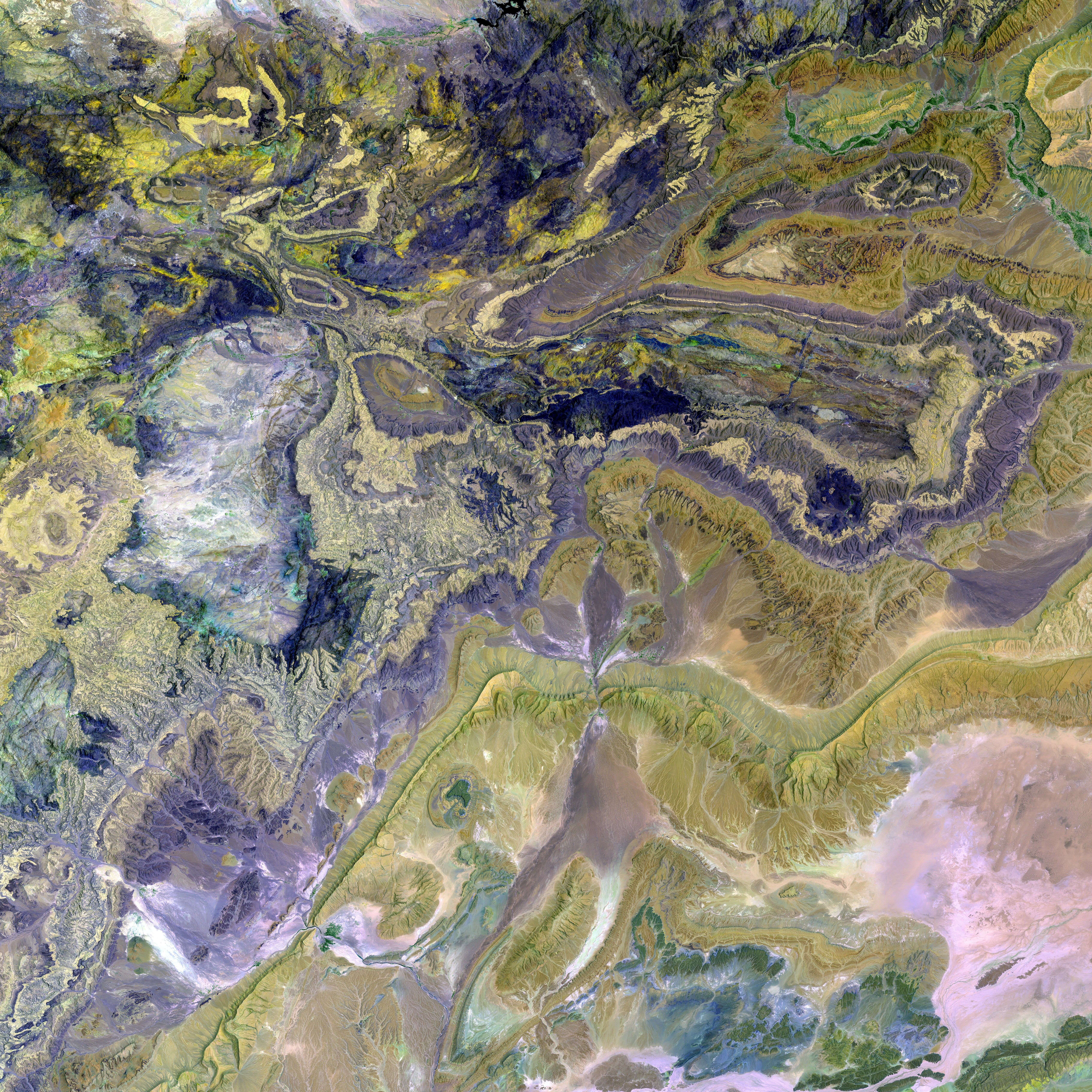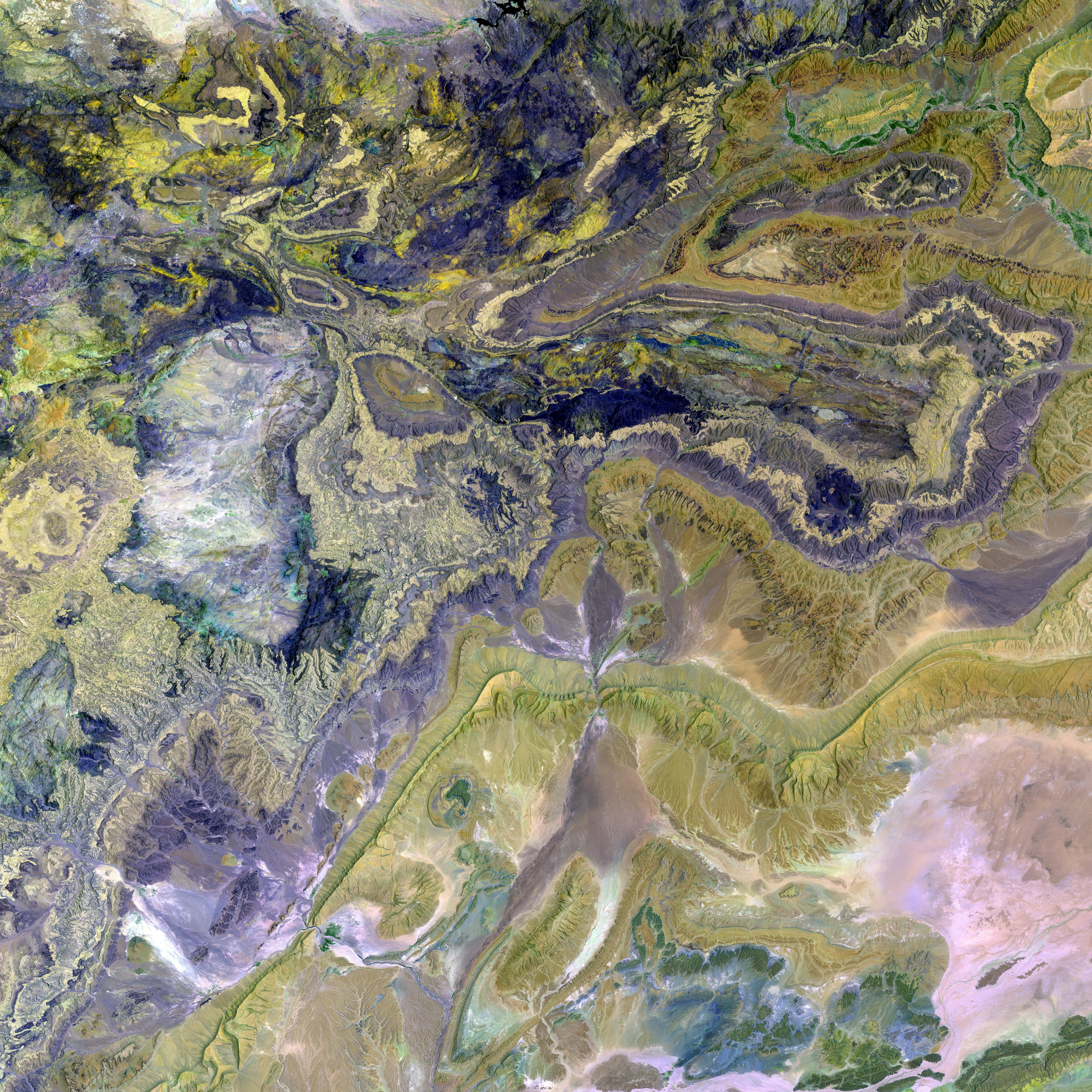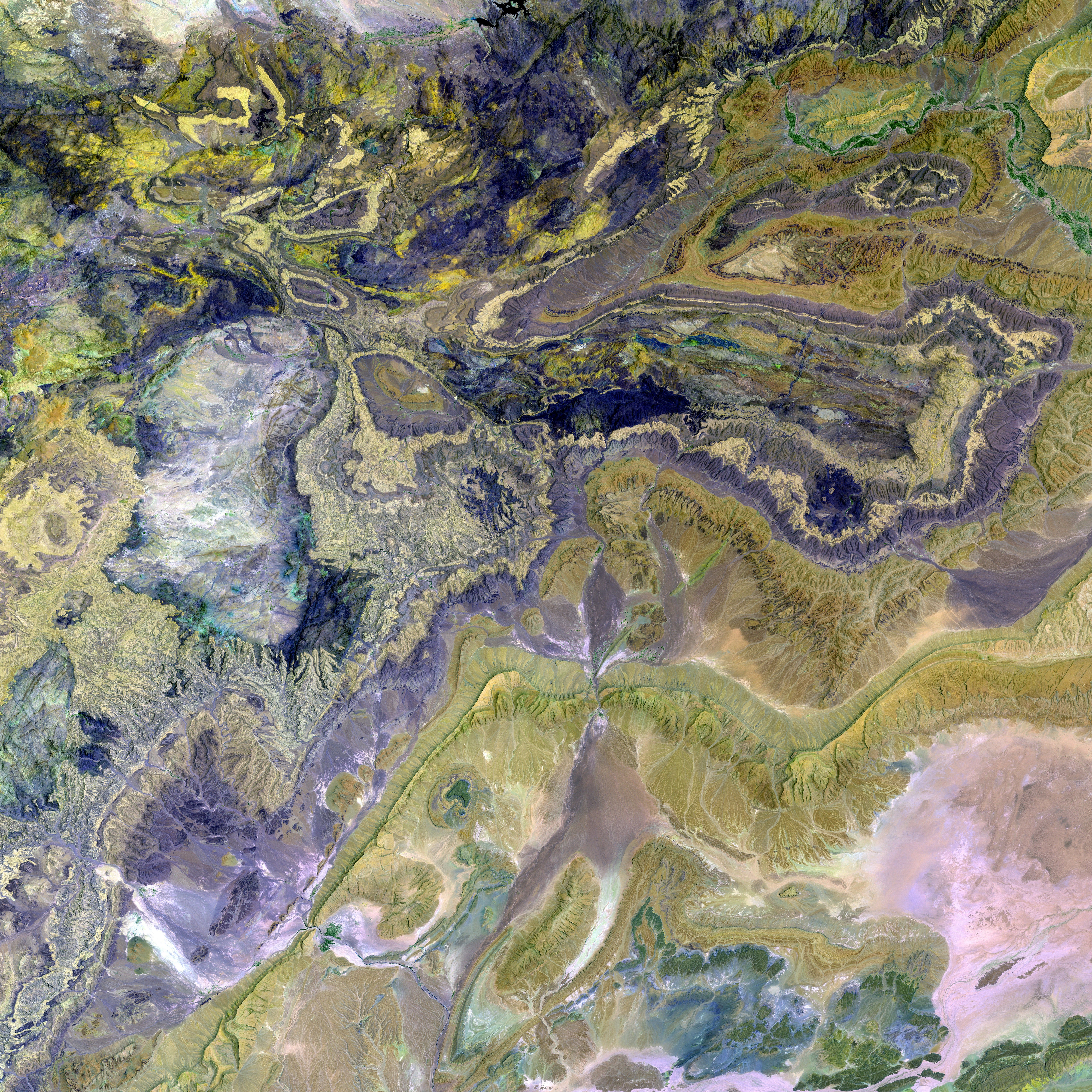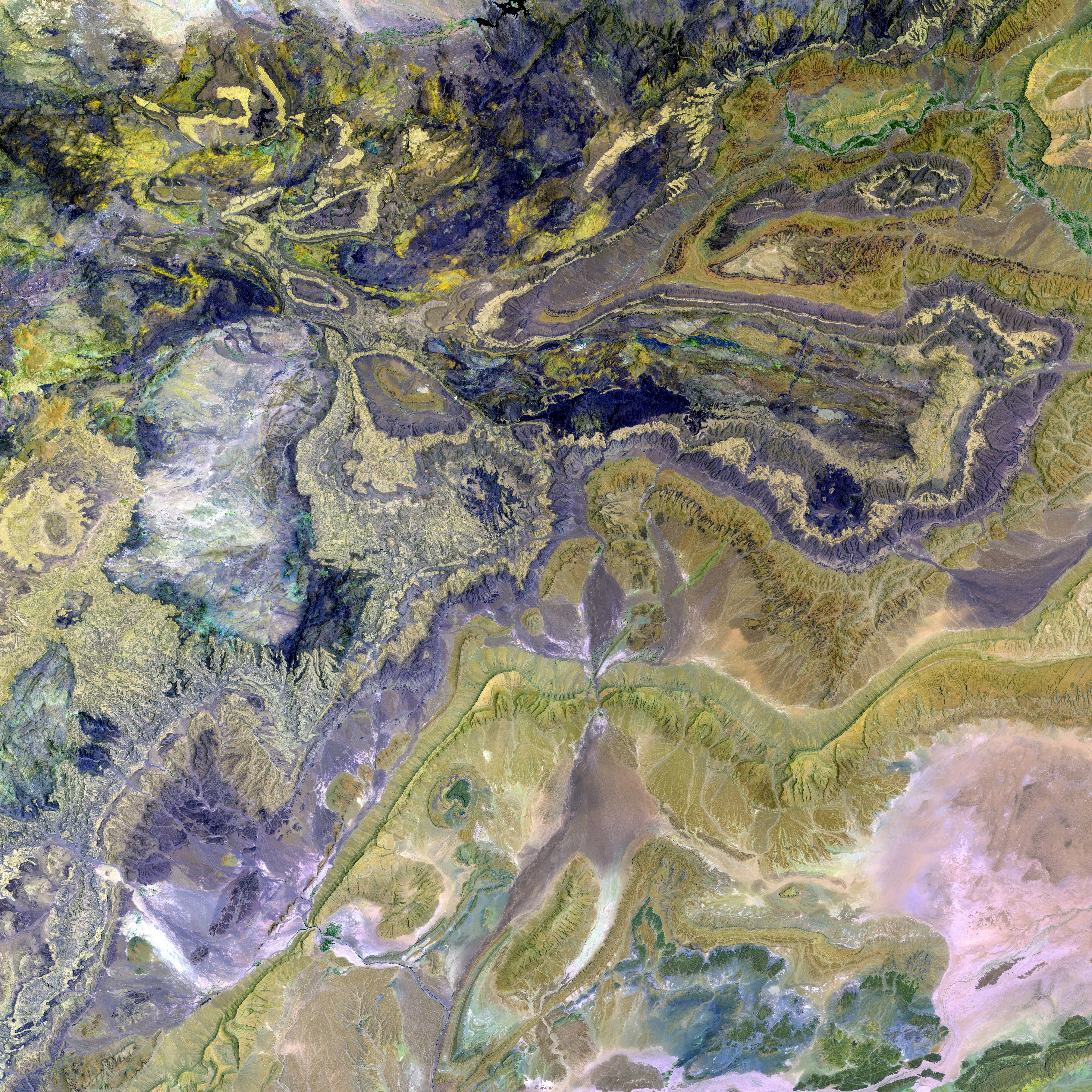Kazakhstan Commemorates Harmonious Coexistence amid Variety
CELEBRATING KAZAKHSTAN'S CULTURAL DYNASTY: A JOYOUS UNITY OF ETHNIC HARMONY
Welcome to the heart of Central Asia, where Kazakhstan proudly showcases its multicultural vibrance on May 1st—its Day of Unity of the People. A testament to the nation's rich cultural heritage, this celebration honors over 150 ethnic groups coexisting harmoniously within its borders. Get ready to delve into stories of love, heritage, and cultural resilience that weave the Kazakhstan tapestry.
Rooted in History
Kazakhstan's multicultural identity has deep roots woven into the fabric of its land. The Soviet Union's Virgin Lands campaign of the 1950s implemented large-scale migration, bringing millions of people from far and wide to Kazakhstan. This migration transformed the country into a cornucopia of various cultures, languages, and traditions. Among them, immigrants from nations like Russia, Ukraine, Belarus, Germany, and many more embraced the Kazakh way of life.
Multicultural families flourished during this era, reflecting Kazakhstan's spirit of unity and inclusiveness. Yerkezhan Sharipova, a native of Astana, shares the story of her grandparents, who truly embodied this multicultural fusion. Her maternal grandmother was Kazakh, while her grandfather originated from Belarus. Despite distinct backgrounds, their love story unfolded on the Kazakh steppe, connecting their families and cementing the mosaic of Kazakhstan's cultural heritage.
Timeless Tales of Resilience
Sharipova's grandparents' journey reflects the perseverance and adaptability that characterized the lives of many who migrated to Kazakhstan during this era. Her grandfather embraced the Kazakh way, mastering the language and integrating into the community. His resilience proved vital in forging connections within the family and laying the foundation for a strong, diverse tapestry of cultures that continues to thrive today.
Another inspiring tale of resilience comes from Vlad Rekk, an ethnic German who sees the Day of Unity not only as a symbol of unity but also as a personal reminder of his family's history. Rekk's great-grandmother Katya was among those exiled to Kazakhstan during the repressions. A kind Kazakh family scooped up Katya, offering her refuge and love during trying times. Their story ultimately culminated in a blended family that captured the essence of Kazakhstan's rich, multicultural spirit.
A Unifying Legacy
Kazakhstan's annual celebration of the Day of Unity echoes the legacy left by countless multicultural families like Sharipova's and Rekk's. The country's ethnic diversity stands as a strength, symbolizing unity and harmony among all residents. As Rekk underscores, culture is deeply personal, a reflection of our roots and experiences. He cherishes his German and Kazakh heritage, cherishing the qualities passed down from each culture – from the order and structure he inherits from his German roots to the openness and respect for elders he learns from his Kazakh side.
In essence, Kazakhstan's history of ethnic diversity is a fascinating story that unfolded over time, shaped by significant historical events like the Virgin Lands campaign and the repressions. These events brought diverse populations together, forming multicultural families and communities that have flourished in Kazakhstan. The diverse tapestry of cultures that exists today serves as a testament to the resilience, unity, and adaptability of the Kazakh people, offering a vibrant and captivating portrait of Central Asian culture.
- Beyond the Kazakh steppe lies a rich mosaic of cultures, brought together by the Virgin Lands campaign of the 1950s that attracted millions from various nations, such as Russia, Ukraine, Belarus, Germany, and more, who adopted the Kazakh lifestyle.
- The tapestry of Kazakhstan's cultural heritage is beautifully illustrated in the lives of multicultural families, like the story of Yerkezhan Sharipova, whose grandparents – a Kazakh woman and a Belarus man, united in love on the Kazakh steppe.
- Kazakhstan's multicultural legacy is filled with tales of resilience, as exemplified in the story of Vlad Rekk, a descendant of exiled ethnic Germans, who found love and a home with a kind Kazakh family during the repressions.
- For Rekk, the Day of Unity is not just a symbol of harmony among residents but also a personal reminder of his family's history, embodying the essence of Kazakhstan's multicultural spirit.
- Rekk cherishes his heritage, passing down qualities from both his German and Kazakh roots – order, structure, and a respect for elders. Such ethnic blend is a common thread in the fabric of Kazakhstan's society, from fashion-and-beauty and lifestyles to relationships, food-and-drink, home-and-garden, pets, travel, cars, education-and-self-development, and personal-growth.
- As the Day of Unity signifies, Kazakhstan's ethnic diversity stands as a strength, fostering relationships that bridge cultures, creating a harmonious and vibrant Central Asian culture.
- From theisArray of traditions and heritage, it is evident that Kazakhstan's history of multiculturalism has not only forged connections among its residents but also nurtured growth and resilience, reflected in the hearts and minds of its people.







